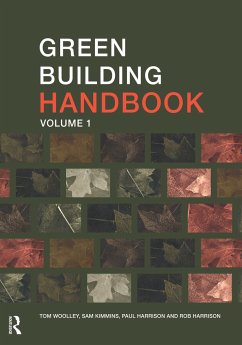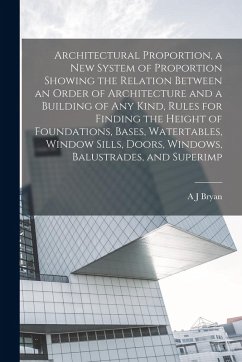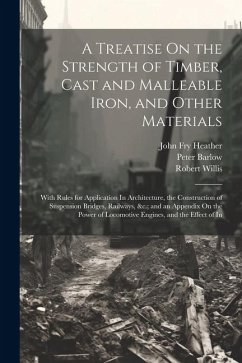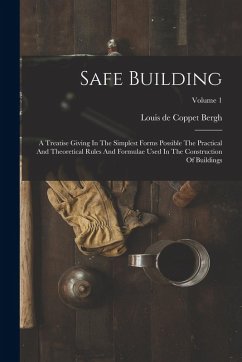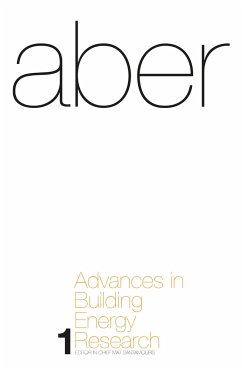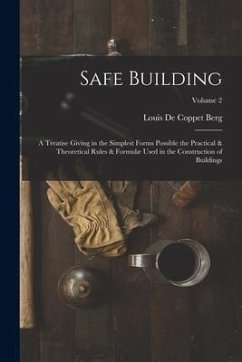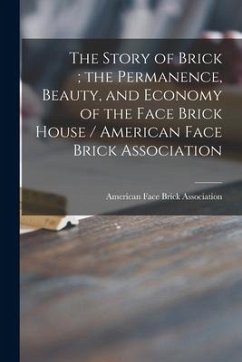
Mining Association Rules Between Credits in the Leadership in Energy and Environmental Design for New Construction Green Building Asssessment System

PAYBACK Punkte
9 °P sammeln!
The Leadership in Energy and Environmental Design (LEED) Building Assessment System is a performance-based tool for determining the environmental impact of a facility from the whole-building perspective. Taking this vision into account, the individual credits that comprise LEED are designed to reward design teams for employing sustainable design strategies that reduce the total environmental impact across several sustainability issues. This study analyzed projects that have been certified in LEED for New Construction (LEED-NC) versions 2.0 and 2.1. Data on the credits achieved by the projects ...
The Leadership in Energy and Environmental Design (LEED) Building Assessment System is a performance-based tool for determining the environmental impact of a facility from the whole-building perspective. Taking this vision into account, the individual credits that comprise LEED are designed to reward design teams for employing sustainable design strategies that reduce the total environmental impact across several sustainability issues. This study analyzed projects that have been certified in LEED for New Construction (LEED-NC) versions 2.0 and 2.1. Data on the credits achieved by the projects were mined using the Apriori algorithm which produced 641 association rules. These results were then subjectively reduced to the 24 most synergistic credit combinations and were subsequently identified as credit bundles. This study provided insight into credit interplay and its effect on high-scoring sustainable design strategies. Additionally, it shows that no one strategy is systematically employed by sustainable design professionals in the pursuit of LEED certification. This research lays the foundation for the application of data mining techniques to future LEED data sets. Finally, the revealed credit bundles support the assertion that LEED is a tool that rewards whole-building design and reinforces the perception that integrated design teams are a critical element in successful LEED project delivery. This work has been selected by scholars as being culturally important, and is part of the knowledge base of civilization as we know it. This work was reproduced from the original artifact, and remains as true to the original work as possible. Therefore, you will see the original copyright references, library stamps (as most of these works have been housed in our most important libraries around the world), and other notations in the work. This work is in the public domain in the United States of America, and possibly other nations. Within the United States, you may freely copy and distribute this work, as no entity (individual or corporate) has a copyright on the body of the work. As a reproduction of a historical artifact, this work may contain missing or blurred pages, poor pictures, errant marks, etc. Scholars believe, and we concur, that this work is important enough to be preserved, reproduced, and made generally available to the public. We appreciate your support of the preservation process, and thank you for being an important part of keeping this knowledge alive and relevant.




